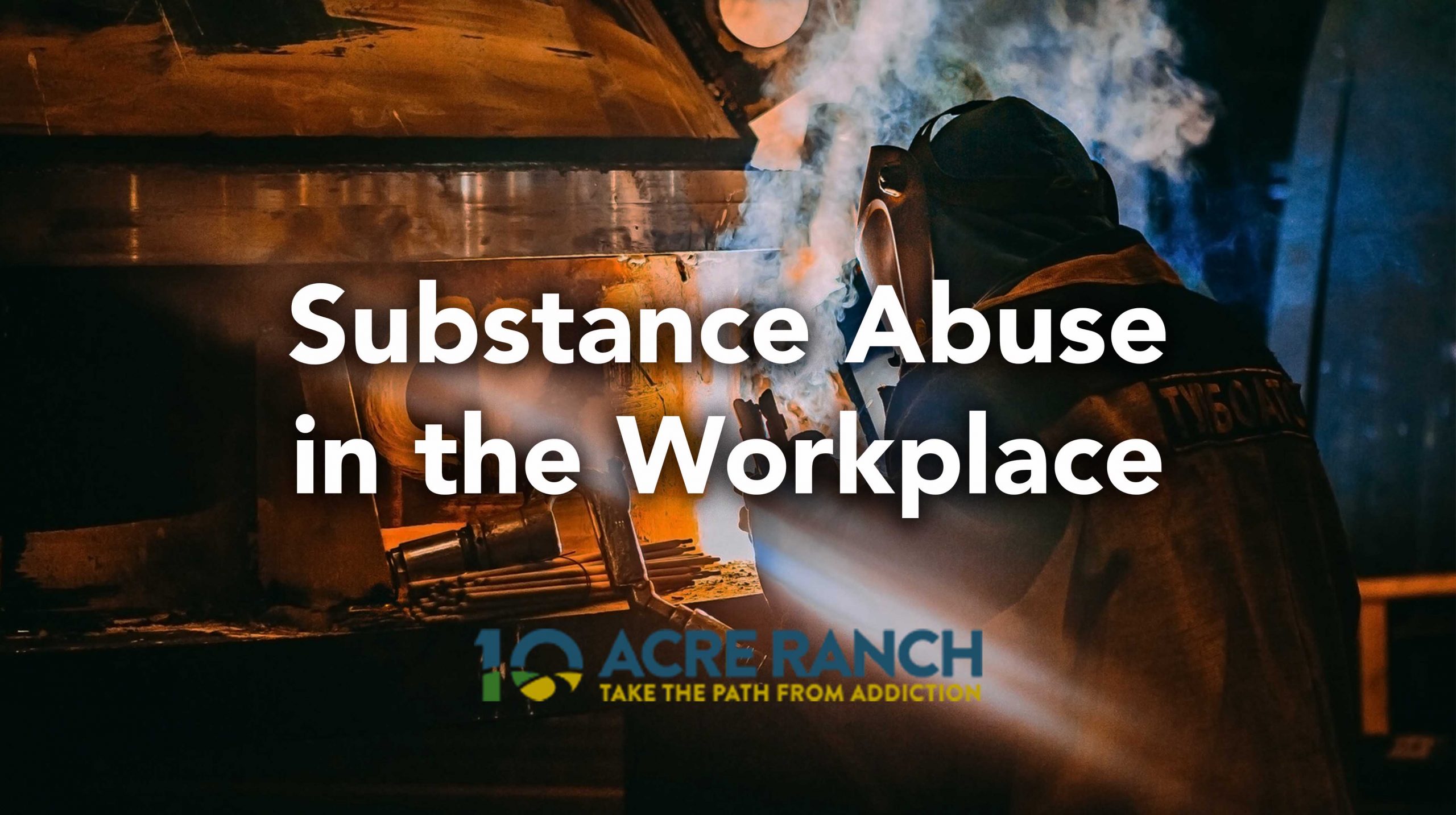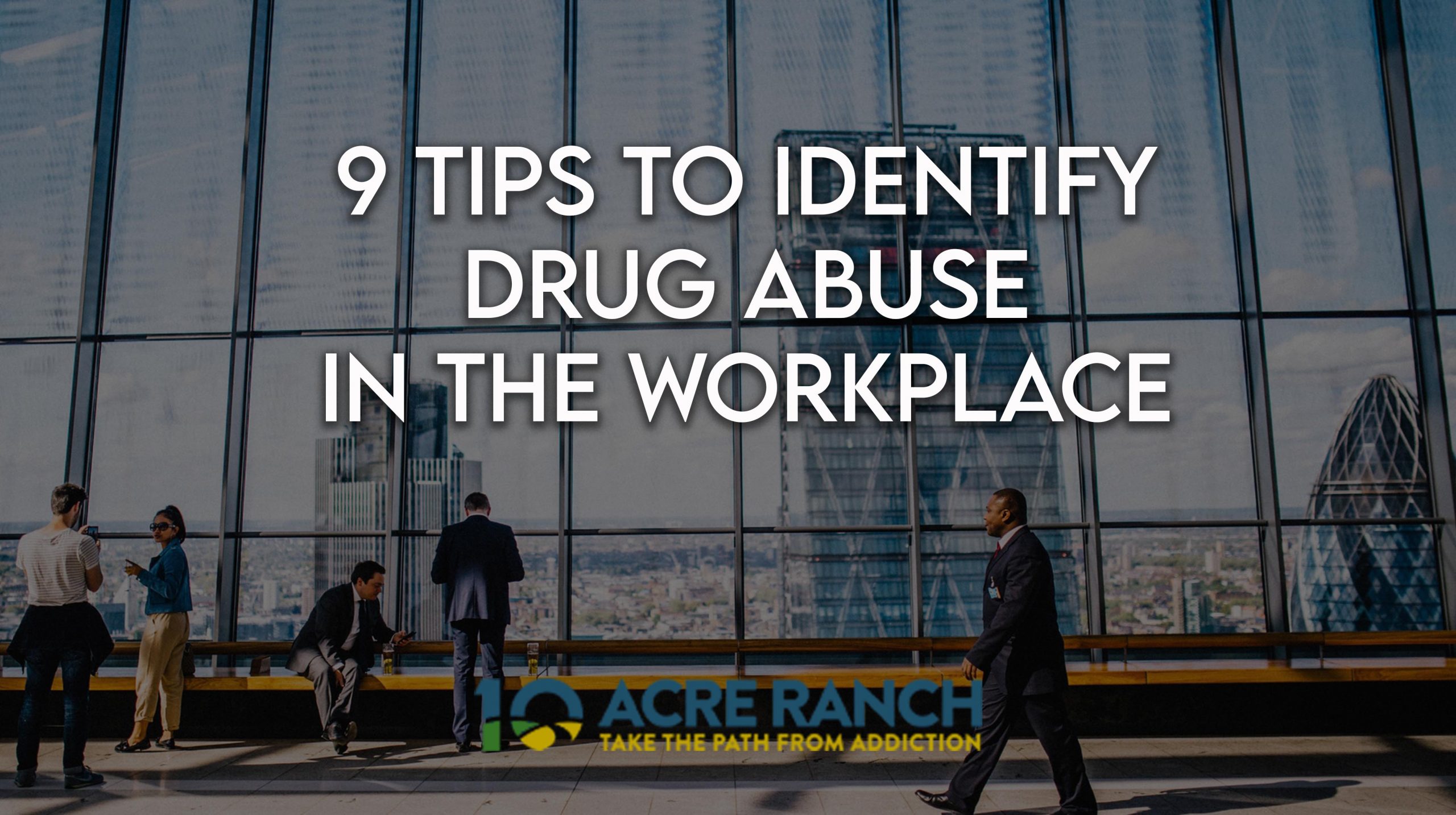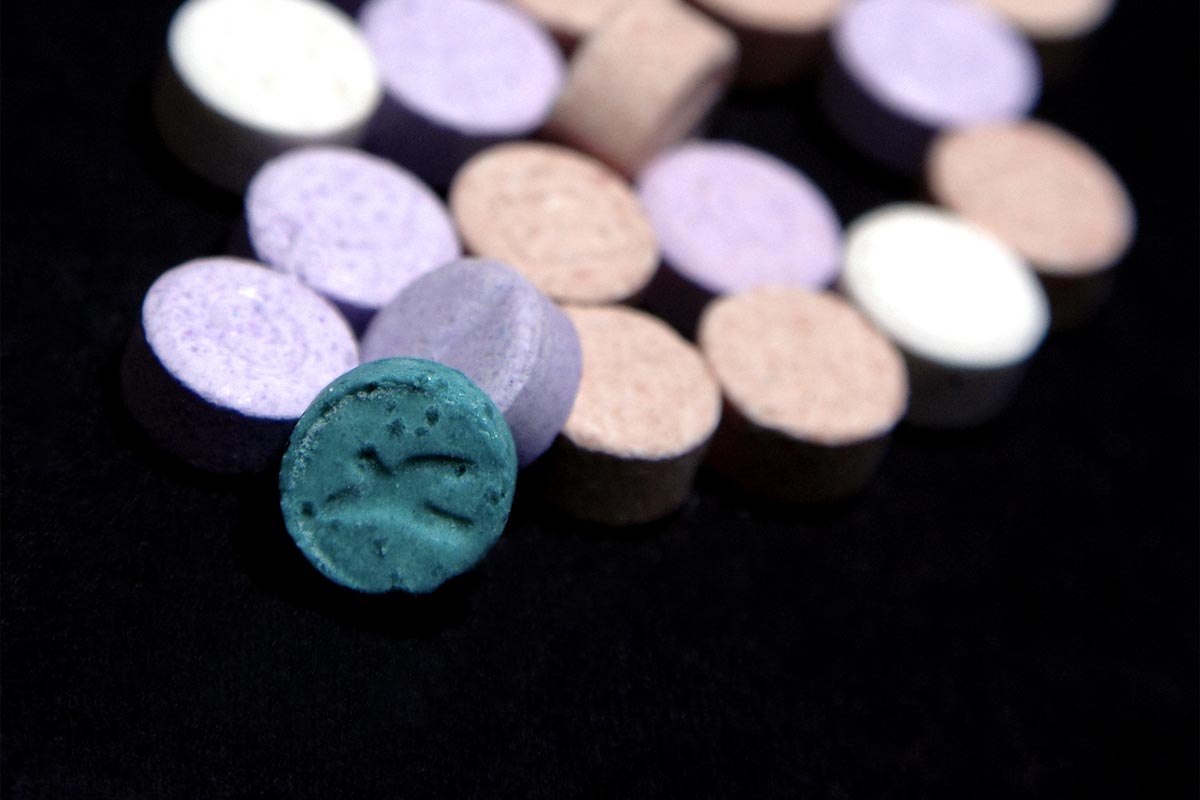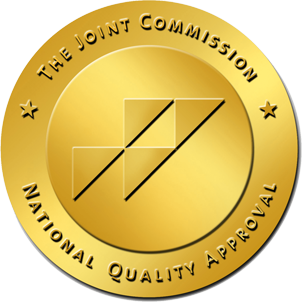instead of seeing them as another human being is causing a great harm to our society. This negative stigma often discourages …
9 Tips to Identify Drug Abuse in Your Workplace: How You Can Help Employees Who Are Struggling With Addiction
Drug abuse tends to be a sensitive topic at the workplace. Most people feel like they need to hide their problems with drugs or …
Alcohol Use Disorder Treatment, Not Jail
Hopefully, one’s DUI ends up being the catalyst that brings about change and lasting recovery; for that to occur, treatment is the …
Continue Reading about Alcohol Use Disorder Treatment, Not Jail
MDMA, Trauma and Addiction Recovery
co-occurring disorders are treated simultaneously. Addiction treatment centers that focus on the whole patient typically have the …










